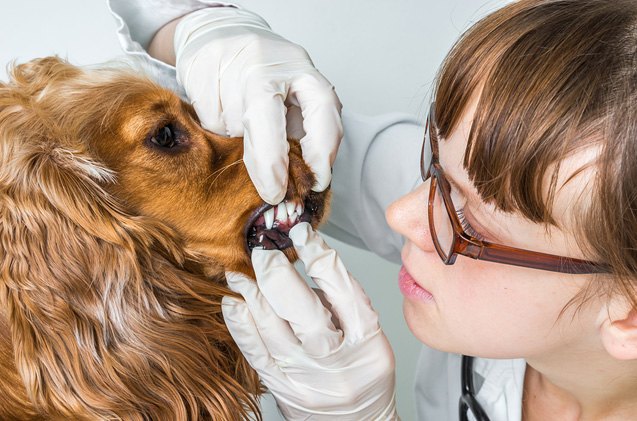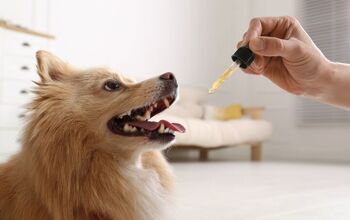The Debate Over Anesthesia- and Sedation-Free Pet Dentistry

If you’ve ever been in the chair when your dentist says “we’re just going to do a quick procedure that won’t require anesthesia”, you’ll know what I’m talking about. I don’t think a dental procedure has been invented that a) doesn’t hurt, b) doesn’t hurt more than they say it will, and c) doesn’t have me spitting blood at the end of it all.
Related: Six Ways to Keep Your Dog’s Teeth Clean
The problem is that like we humans who go in for our semi-annual check-up, pets need to have their teeth examined as well. And when you stop and think about all they do with their mouths – chewing, catching, fetching, pulling… it’s almost inevitable that some work will be required over time, right?
There is in fact a debate raging (well, maybe not raging but it’s taking place) within the pet dental community regarding the use of anesthesia-free dentistry and here’s why. It’s only used for what is considered “cosmetic” purposes: cleaning just the surface of your pet’s teeth while he’s fully awake. It doesn’t involve a true examination and evaluation of what’s going on in there below the gum-line or between his teeth – which are the parts you really need to be concerned about.
Related: What to Expect From a Veterinary Teeth Cleaning
A lot of pet parents with older animals – where it can be risky to put them under – opt for this procedure, thinking they are choosing a safe, effective (and less expensive) means to have their pooch’s (or puss’s) dental needs met. Not necessarily so, and some specialists argue that the process does more harm than good. Specifically:
- Under the gum-line cleaning can be painful and requires minimal pet movement. It’s generally considered ineffective without anesthesia.
- Polishing the teeth after a thorough scaling is essential but can be difficult with a fidgety pooch – hence the need for anesthesia. Failing to polish well after scaling means more tartar build-up in the end.
- Stressed pets equal struggling pets. No critter likes a stranger probing around his mouth – much less using special tools and for an extended period of time. Is it reasonable to expect your little guy to deal with this level of discomfort while he’s wide awake.
- No true benefit for the grief. Non-anesthetic cleaning removes visible tartar only. There is no proven (or even claimed) health benefit to your pet.
- For pets with suspected dental issues, a proper examination cannot be conducted without anesthesia and X-rays. So a quick look-see isn’t going to net you the answers you need to make the right decisions.
- Simply scraping your pet’s teeth can introduce oral bacteria into his bloodstream via the network of blood vessels in his mouth. Proper cleaning, suctioning and rinsing are needed throughout the procedure or you may have a bigger problem than just smelly breath.
At the end of the day, a well-trained, experienced veterinarian who can make your pet feel comfortable while conducting a full oral exam will be money well spent.

Sharing space with three seriously judgy Schnoodles and a feline who prefers to be left alone. #LivingMyBestLife
More by Mary Simpson























